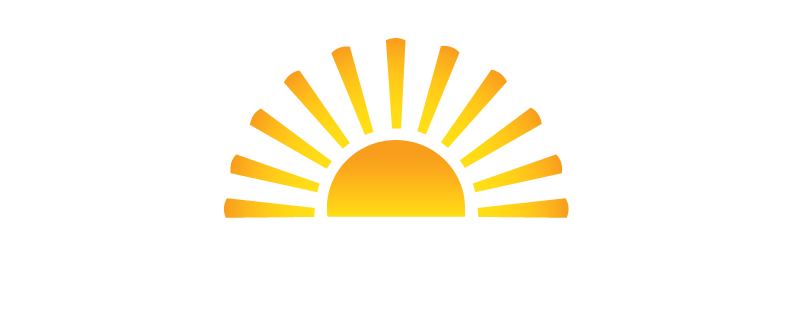Degenerative Disc Disease
Degenerative disc disease is one of the most common causes of back and neck pain. The vertebrae in your spine have a soft cushion between them called “discs.” They allow your back to flex and bend while also acting as shock absorbers to protect your vertebrae.
As a natural result of aging, or sometimes due to traumatic injury, the discs start to deteriorate and break down, reducing their effectiveness as shock absorbers. This decreased amount of protection can often result in improper disc function and chronic pain.
Schedule a consultation today
What causes degenerative disc disease?
Over time, due to everyday activity and minor injuries, the discs in the spine begin to wear down. This “degeneration” can result in a number of issues that can cause pain.
Loss of Fluid
Initially, vertebral discs are 80% water. As you age, your discs slowly lose that water and get thinner. As a result, there is less protective cushion between the vertebrae bones. Thinner discs also do not absorb shock forces as well.
Tears or Cracks
The stress of everyday activities and overuse can start to cause tiny tears in the outer wall of the disc, which contains nerves. If a tear occurs near the nerve, it can cause pain. If the tear grows large enough, the disk’s soft core may push through the cracks, resulting in a herniated disk.
Development of Bone Spurs
As discs wear down and become less effective, the spine may grow unstable. The body responds to this by producing bone spurs, which are bits of extra bone meant to help support the spine. If the bones spurs grow too large or unusually shaped, they may pinch the spinal nerves and cause pain.
What are symptoms of degenerative disc disease?
The most common symptom of degenerative disc disease is a consistent, often sharp pain in your neck or back, depending on which discs are affected. More specifically, you may experience:
- Pain that is worse when sitting as opposed to standing
- Pain that is worse when performing basic movements like twisting, bending, or lifting
- Pain relief while performing activities like walking or running
- Pain relief while lying down or changing your body position
- Pain that comes and goes – pain may last from just days to several months
You may also experience numbness or tingling in the extremities, which may be a sign that the damaged disc is impacting nearby spinal nerves.
How is degenerative disc disease treated?
Though degenerative disc disease is usually a natural occurrence, there are some ways to delay or reduce the pain. At home options include maintaining a healthy weight, avoiding excess alcohol intake, applying ice packs or heat pads, stretching and low-impact exercise, and over-the-counter pain medications.
If these home remedies do not provide adequate relief, Twin Cities Pain Clinic offers a variety of treatments to manage the pain.
Schedule an appointment with Twin Cities Pain Clinic to learn how we can help relieve your degenerative disc disease pain.
RELIEVE YOUR PAIN, RENEW YOUR LIFE!

